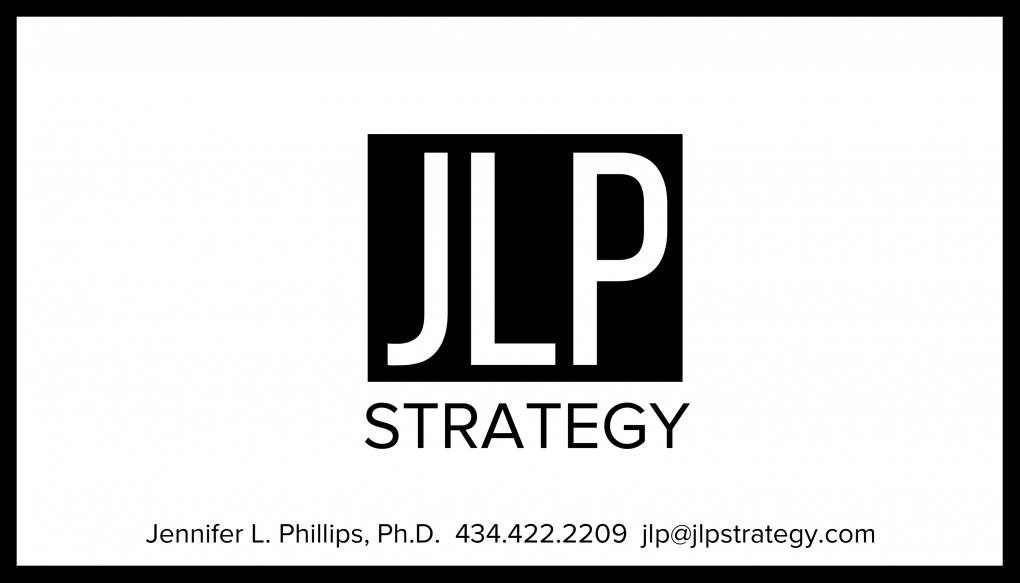


I picked up Rebecca with some hesitation. The cover’s feminine scrawl screams ROMANCE a little too loudly, and some critics have argued that the book deserves the label. For years, Rebecca was catalogued as a “romantic thriller” and treated with the according literary respect. However, it eventually morphed into a cult classic and now can defensibly claim feminist status.
The book’s evolving reception and it’s transcendence of categorization is more than a publication history. Its trajectory parallels that of its titular character, Rebecca, who is simultaneously larger than life and wholly obscure. Is she to be admired? Is she a dangerous influence, in death as in life? Or something else entirely? This ambiguity offers important lessons regarding perception, reputation, and, ultimately, success.
Rebecca, Perfect Predecessor
(SPOILERS.)
The narrator, a.k.a. the second Mrs. de Winter, lacks a first name and spends much of the book agonizing over her failure to fill the shoes of the first Mrs. de Winter, whose first name is everywhere in the novel: Rebecca. The second Mrs. de Winter longs for a love from her husband that would match his love for Rebecca, she regrets her inability to manage the house as adeptly as Rebecca, and she is self-conscious of her reputation, which cannot live up to Rebecca’s renown.
In fact, the weight of the narrator’s shortcomings burdens the first half of the book with a plodding ennui that was almost enough to turn this reader away. The narrator is not particularly likable, nor does she even seem to like herself. Every move and every decision she makes is haunted by the specter of Rebecca, and she exhibits minimal individuality, personality, or competence. It is easy for the reader to trust her perception of herself as not only the second, but also the lesser Mrs. de Winter.
In this, Rebecca perfectly captures the dangers of comparison. We err when we view competitors, predecessors, and colleagues as the exclusive measure of our own strengths and accomplishments. For both organizations and individuals, this myopia is destructive. It draws focus away from our most important work, erodes our self-confidence, and leads us to versions of success that don’t fit us at all.
Rebecca, Toxic Influence
(YOU HAVE BEEN WARNED ABOUT THE SPOILERS.)
Eventually, the novel relates a plot twist that reinforces these lessons, when the narrator’s husband, Max de Winter, reveals his deep hatred for the precious Rebecca. Mr. de Winter informs the second Mrs. de Winter (and the reader) that Rebecca was not a perfect and irreplaceable wife, but a cold, cruel, and self-centered woman. He never loved Rebecca; rather, he despised her and perhaps even feared her.
This revelation is significant in two ways. First, it punctuates the danger of competitive comparison, particularly comparison in the absence of research and discernment. We never see the narrator question her assumptions about Rebecca. In fact, she actively ignores clues that her perception may be mistaken, e.g. her sister-in-law Beatrice’s subtle disdain for Rebecca’s memory. Had the narrator solicited opinions or asked questions, she would have spared herself a good deal of wasted time and energy. Rather, she assumes the worst and spirals into self-pity.
Second, Rebecca’s toxicity is a contagion, with a most notable victim in the traumatized Mrs. Danvers. Mrs. Danvers deep hatred of the second Mrs. de Winter not only influences her interactions with her new employer, but also drives her to openly destructive behavior. This aspect of the novel evokes tales of toxic managers whose harm lasts long beyond their last day of employment. The final scene, in which Mrs. Danvers sets fire to Manderley, illustrates the permanent damage that toxic legacies can cause. The “organization” of Manderley, could not survive Rebecca’s loyalists, even if it did survive Rebecca herself.
Rebecca, Noteworthy Iconoclast
(DID I MENTION THE SPOILERS?)
Ultimately, however, Rebecca defies both hagiography and demonization. This is the feminist reading: du Maurier tells the story of a complex woman who is misunderstood by both her greatest admirer and closest companion, Mrs. Daverly, and her nemesis and murderer, Max de Winter. What’s more, the second Mrs. de Winter’s character–the story’s narrator–is merely a reflection of Rebecca’s complicated glow.
Perhaps Rebecca was a woman who did things her own way, in a time when women simply didn’t do that. Her vivacity, her refusal to submit to marriage, and her determination to live and die on her own terms can be admired by modern readers. This interpretation helps to explain why the book, for all its substance, was largely disregarded as fluff when first released in 1938. Readers and critics alike failed to recognize du Maurier’s nuanced depiction of femininity–a theme that would be ahead of its time for decades.
This too has significance for visionary leaders, who are often building what others don’t yet understand. Visionaries, by definition, must challenge accepted best practice and operate outside their own comfort zones, much less the comfort zones of their colleagues, employees, bosses, customers, etc. They are driven not by acceptance, but by individuality, imagination, determination, and an ambition that transcends what is obviously possible.
Sometimes, the avant garde earns only penalties: misunderstanding, mistrust, and even scorn. At other times, creative vision is rewarded with longevity, legacy, and a kind of immortality. Visionaries are those brave enough take the chance–for better, for worse, or, as with du Maurier’s Rebecca, for both.




















